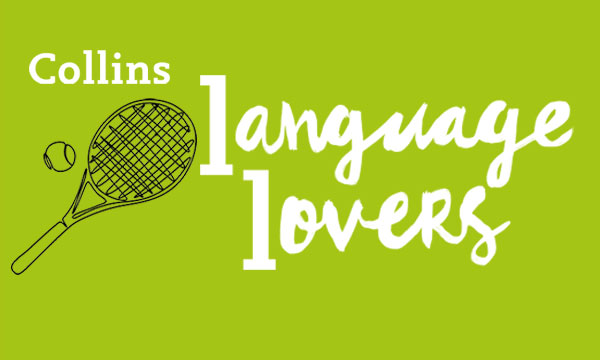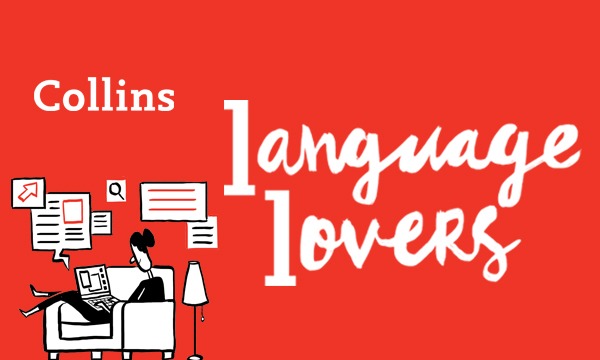From 11 a.m. this 3 July 2023, the thwack of racquets thrashing tennis balls to oblivion will echo and resound round the eighteen Wimbledon championship grass courts being played on.
Aaaah, Wimbledon! Where else is so indissolubly linked with a given sport as this prosperous London suburb?
And no other place is as abidingly linked with a favourite summer treat. Think ‘Wimbledon’ and you’ll probably think ‘strawberries and cream’; think ‘strawberries and cream’, and you’ll undoubtedly think ‘Wimbledon’. They’ve been served since the first championship in 1877. Almost as much of a hallowed tradition is that quintessentially English drink Pimm’s.
For two blisteringly – sometimes – hot weeks of July people worldwide will be glued to the screens of whatever device they use for the only tournament of the tennis Grand Slam played on grass. The four Grand Slam tournaments are the Australian and US Opens, the Roland Garros in France and Wimbledon. Wimbledon, the oldest of the Grand Slam events, is also known simply as ‘The Championships’.
For two drizzly – often – weeks of July, 128 women and 128 men will serve, return serve, volley, rally, ace, double-fault and, in some cases, loudly grunt and groan their way to the singles final on Centre Court, watched by members of the Royal Family in the Royal Box.
The All England Lawn Tennis Club (AELTC) runs the championships. The name of the body of which it is a subsidiary reminds us of the Englishness of the event: The All England Lawn Tennis & Croquet Club Limited. In fact, it was first constituted as the All England Croquet Club in 1868, acquiring its current title in 1899.
Someone will no doubt correct me smartly, but I wonder whether other toponyms exist named after players in the same way as Henman Hill aka Murray Mound, the sloping bank outside the sports arena from which fans, for a relatively modest grounds admission fee, can watch the tournament televised on huge screens. Actually, its formal title is Aorangi Terrace, from the Māori name (meaning ‘cloud in the sky’) for Aoraki/Mount Cook in New Zealand; it was for some years leased to the New Zealand Sport and Social Club.
And talking of tournaments, there’s an interesting twist – and I use the word advisedly – to this word’s history. It came into English as long ago as the early 1200s from Old French torneiement from the verb torneier, meaning ‘to turn constantly’. This turning was a manoeuvre knights on horseback performed in the original ‘tournaments’ as they tried to unseat their opponents using a blunted lance.
Modern tennis is nowhere near as deadly, but thinking of the players as knights in a ritualised battle could put a romantic sheen on the event. And boy do the players twist and turn!
Is tennis a British invention?
The British audience in particular will probably consider tennis a British sport par excellence, one exported to the rest of the world. While Wimbledon is undoubtedly a quintessentially English event, the British didn’t in fact invent the game. The French did.
Tennis’s origins lie in the jeu de paume, literally ‘palm (of the hand) game’, and its first named player was no less than Louis X, King of France and Navarre (l. 1289 –1316). Visitors to Paris will know the building the Jeu de Paume in the Tuileries gardens, once a royal tennis court and latterly an Impressionist museum.
Racquets were not used until the sixteenth century and the original sport developed into what is known as real tennis, formerly royal tennis. Many things differentiate that sport from lawn tennis, but two outstanding differences are that the court has walls off which players bounce balls, and the layout of the floor area is asymmetrical. The oldest tennis court still in use today is not at Wimbledon but is the real tennis court at the Renaissance Falkland Palace in Scotland, built for James V between 1539 and 1541.
Bearing some similarity to the racquet-less version of tennis is the game of fives which I can remember playing at school until one’s palms were red and as tough as old boots.
However, although the British didn’t invent tennis per se, the Englishman Harry Gem founded the world’s first tennis club at Leamington Spa in 1872 in conjunction with a … Spaniard, Augurio Perera, on whose croquet lawn a game that crossed the sport of racquets with the Basque sport pelota was played.
And another Englishman, W.C. Wingfield, in 1873 designed and patented a game that was very much the precursor to lawn tennis, which he called sphairistikè, from the Greek adjective σφαιριστική,meaning ‘ball-playing’. The σφαιρ- part of that word comes from the Greek σφαῖρα for ‘ball’, which also gives us English sphere. A modern Australian ball game, sphairee, played with a bat and ball, similarly uses the same root.
And talking of the roots of tennis words, let’s imagine French-derived words as one contender in a Wimbledon singles final and Germanic words as the other. The odds must be hugely in favour of French winning in straight sets, say, 6–0, 6 –2, 6 –3, for most tennis terminology is from French. (If a player loses a set 6–0, it’s known as a ‘bagel’, which, far from being French, is from Yiddish, based on an Old High German word.)
Take the word tennis itself. It’s generally thought to be from ‘Tenez’, the French imperative of the verb tenir, meaning ‘hold’, which the server would have shouted. But that’s just the beginning of the Frenchness of tennis terminology. When players are equal at 40-all, it’s deuce. This is from the Old French deus, ‘two’, ultimately from Latin duo, ‘two’.
When a player has won no games in a set, their score is given as ‘love’. While its origins are disputed, one plausible theory is that it’s a corruption of French l’oeuf, ‘the egg’. Eggs are, after all, ovalish in a way that resembles a zero. If the server manages a serve that the opponent doesn’t even get their racquet to touch, it’s an ace, also from Old French. Also from French of different dates are advantage, volley, rally, court, fault, and racket, the last of which I’ve hitherto been spelling racquet to highlight its French origins.
Incidentally, racket/racquet, the crucial item of tennis kit with which the Wimbledon record serve of 148 mph was delivered, has nothing whatsoever to do with racket the noise or hullabaloo, which is strictly onomatopoeic. One theory posits that the tennis racket is from the Arabic for ‘palm of the hand’, رَاحَةْ اليَد (rāḥat al-yad, ‘palm’), which, if true, would introduce a nice note of circularity, given tennis’s origins in ‘the palm game’.
‘Fault’, the word the umpire shouts to tell a server their serve is invalid, reminds me of a process that has affected a generous handful of English words, namely, reshaping a word derived from French on the basis of Latin. Originally in Middle English it was mostly faute, as in Old and Modern French, and the letter l was introduced later to mirror Latin. The same applies to the letter l of salmon, originally samoun, samon, and similar, not to mention the b of debt, originally dette.
At the Old English or Germanic end of the court we have, among others, slam, first recorded in the seventeenth century. It’s of Scandinavian origin and the combination sl– starting a word often points to a Scandinavian origin, as in words such as sleight and sleuth.
At the end of the championship, the men’s singles champion will receive a cup, the winner of the ladies’ singles, a plate. Though one might suspect cup to be derived from French, given French coupe, it was already in Old English as cuppe. Plate, however, is another word to add to the list of words with French origins.
Last, but far from least, the grass, which is cut by one millimetre a week for nine weeks before the championships so that it’s 8 mm high on the first day of play, is a Germanic word, one that is cognate with the German, Swedish, Danish, Norwegian and Icelandic words for ‘grass’, respectively, Gras, gräs, græs, gress and grasi. After all that tennis lore, I think I deserve my Pimm’s.
By Jeremy Butterfield
Jeremy Butterfield is the former Editor-in-Chief of Collins Dictionaries, and editor of the fourth, revised edition of Fowler’s Dictionary of Modern English Usage.
All opinions expressed on this blog are those of the individual writers, and do not necessarily reflect the opinions or policies of Collins, or its parent company, HarperCollins.



